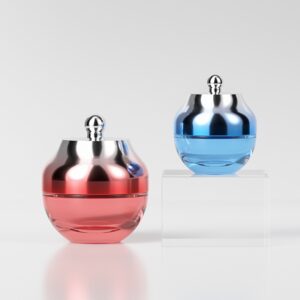
News & Blog
Great things in business are never done by one person. They’re done by a team of people. We have that dynamic group of peoples
In today’s environmentally conscious world, the demand for sustainable cosmetic packaging is growing rapidly. The cosmetic industry, known for its creativity and innovation, has begun to embrace sustainable packaging practices to reduce its environmental impact. This article explores the most sustainable packaging options for cosmetics, providing insights into why these solutions are critical for the future of the beauty industry. Whether you’re a consumer or a brand looking to adopt sustainable solutions, this guide will offer valuable information and practical suggestions.
The cosmetic industry produces billions of units of packaging annually, much of which ends up in landfills or the ocean. According to recent studies, 120 billion units of packaging are produced by the beauty industry globally. This has severe consequences for the planet, from increasing waste to contributing to carbon emissions during production. By adopting sustainable packaging solutions, brands can significantly reduce their environmental footprint and appeal to eco-conscious consumers.Key reasons why sustainable packaging matters:
Sustainable packaging refers to materials and practices designed to minimize environmental impact. It often includes:
The goal is to create packaging that balances functionality, aesthetics, and eco-friendliness. For the cosmetic industry, this means moving away from single-use plastics and embracing innovative packaging ideas.
Transitioning to sustainable packaging practices is not without its challenges. Here are some of the key obstacles:
For example, while glass packaging is highly sustainable, it is heavier and more fragile than plastic, leading to higher transportation costs.
Glass is one of the most popular materials for sustainable beauty packaging. It is 100% recyclable, non-toxic, and can be reused multiple times without losing quality. In the cosmetic industry, glass is widely used for products like perfume bottles, essential oil containers, and skincare jars.
For instance, Glass Bottle Skin Care from Direct Manufacturer showcases elegant and eco-friendly glass containers designed for sustainability.
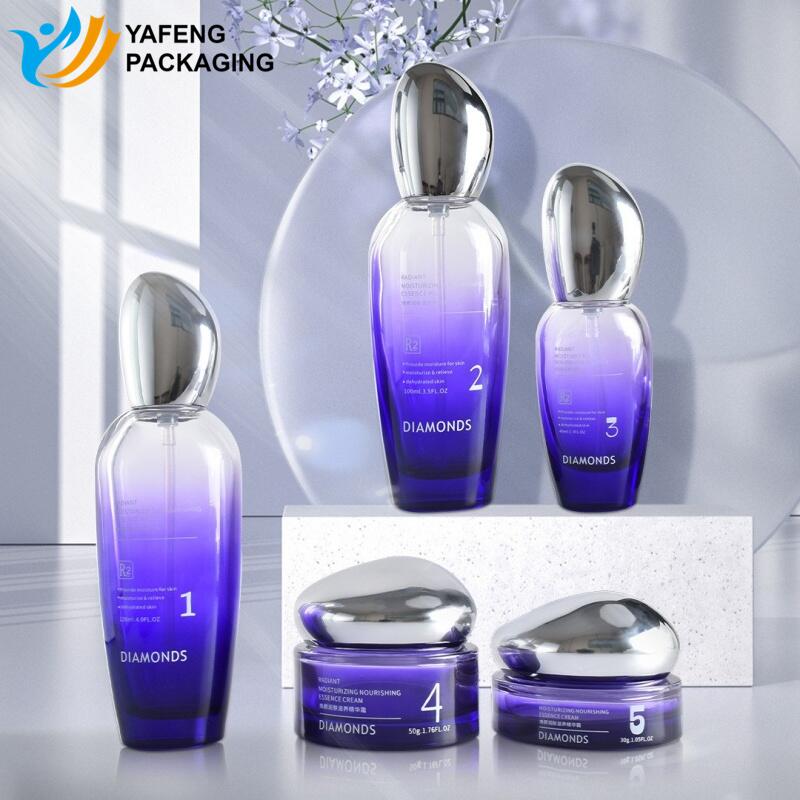
Refillable packaging is revolutionizing the beauty industry by offering a practical solution to reduce waste. Brands are now creating refill stations or selling refill pods for products like foundation, shampoo, and skincare.
For example, a refillable glass essential oil bottle available on Glassbottlecustom is both elegant and eco-friendly.
Recyclable materials such as aluminum, paper, and bioplastics are gaining popularity. These materials are lightweight, durable, and environmentally friendly.
Brands adopting recyclable materials can significantly reduce their carbon footprint while maintaining product quality.
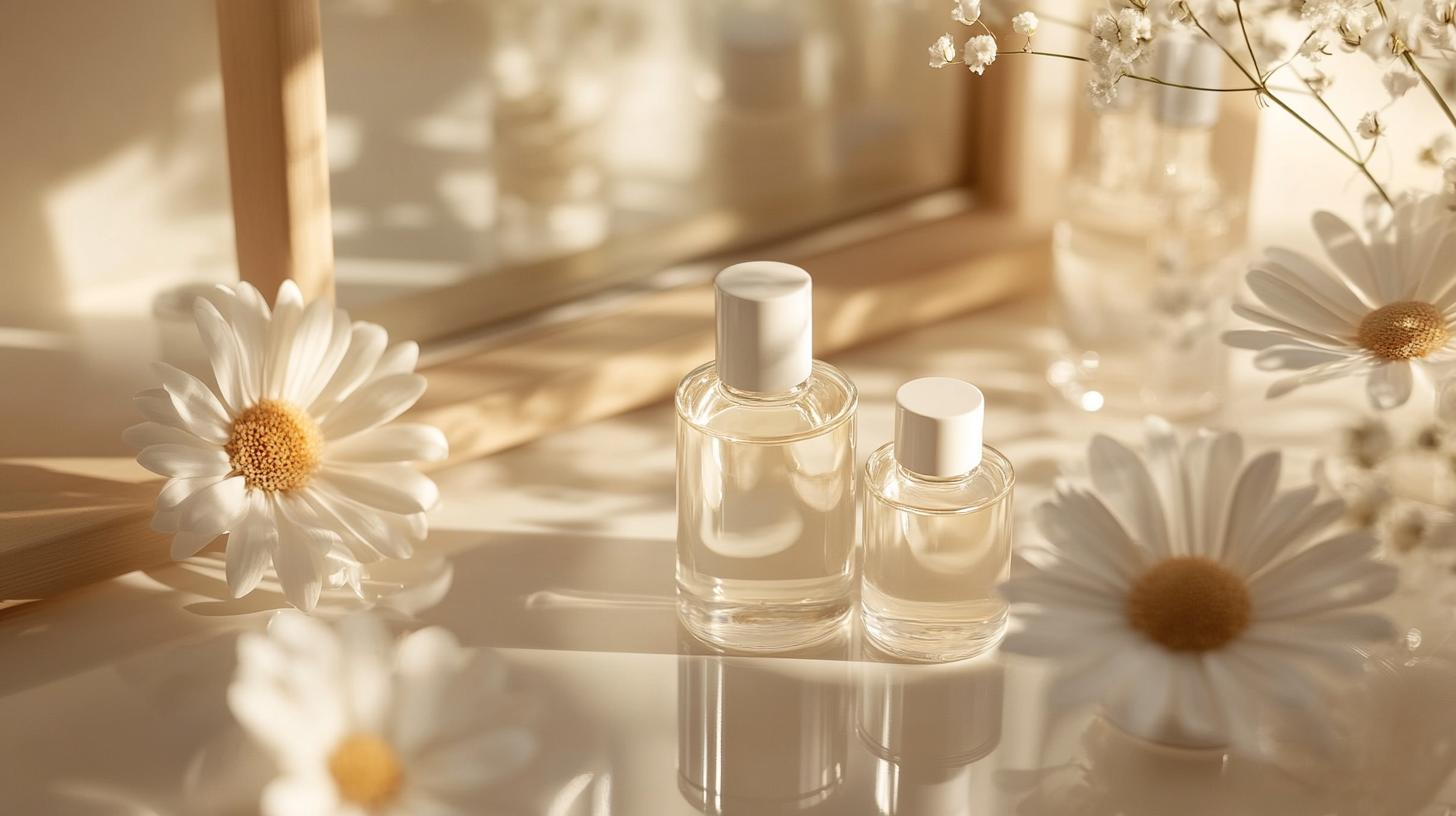
The beauty industry is also exploring innovative packaging ideas using unconventional materials like seaweed, cornstarch, and bamboo. These renewable materials are biodegradable, reducing environmental impact.
These materials are not only environmentally friendly but also align with the growing consumer demand for sustainable solutions.
Adopting sustainable packaging practices involves several steps:
By following these steps, brands can contribute to a more sustainable future while building trust with their audience.
Many leading brands have already embraced sustainable packaging in the cosmetics industry. Here are a few examples:
These brands demonstrate how adopting sustainable practices can lead to success both environmentally and commercially.
The future of sustainable packaging lies in innovation and collaboration. As technology advances, we can expect:
By staying ahead of these trends, the cosmetic industry can lead the way in sustainable packaging solutions.
For more information on sustainable glass packaging, check out the Glass Bottle Skin Care and Glass Perfume Bottles from Glass Bottle Custom.
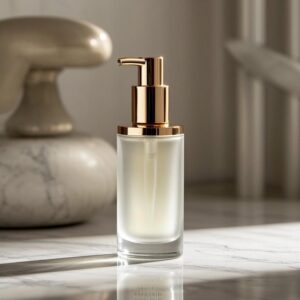
Explore glass bottle production processes, common defects, and quality optimization solutions. Learn how to enhance efficiency, reduce costs, and improve product quality.
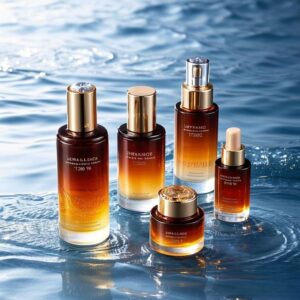
Learn the causes of cosmetic glass lotion bottle cracks during filling and discover effective solutions to improve product safety, quality, and production efficiency.
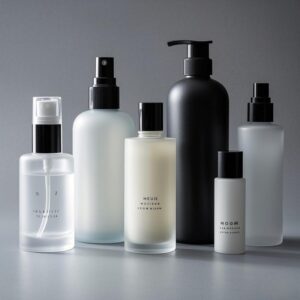
Discover the differences between sandblasting, frosting, and matte spray coating for cosmetic glass bottles. Learn their applications, costs, and which suits your brand best.

Explore cosmetic packaging design trends, innovative materials, & sustainable solutions to elevate your skincare brand. Future-proof your packaging strategy!
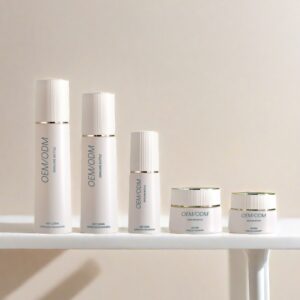
Explore the evolving cosmetic packaging market! Learn about rising material costs, design trends, eco-friendly solutions, and strategies for beauty brands to thrive.
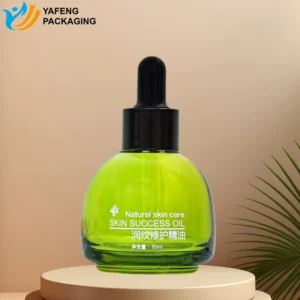
Discover how spray coating enhances skincare and perfume packaging by improving appearance, brand identity, durability, and safety with advanced technology.
Explore custom vs. stock bottles for skincare packaging. Learn how Yafeng’s solutions boost brand identity, quality, and efficiency in this in-depth guide.
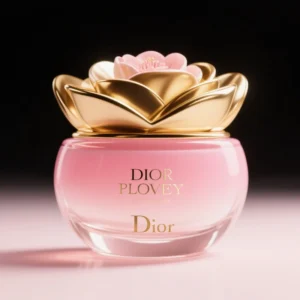
Discover how gradient color spray transforms cosmetic glass bottles, enhances brand image, and boosts product appeal with expert insights from Yafeng Packaging.
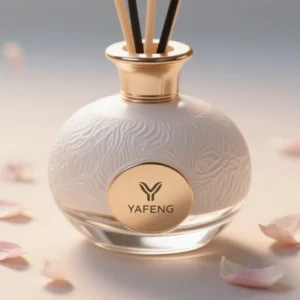
Discover how rattan aromatherapy works and why glass bottles are the best choice for long-lasting scent, safety, and sustainable, elegant packaging.
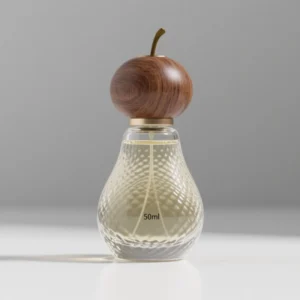
Discover the top 10 woods for perfume caps, comparing texture, pros, cons, and price to help you choose the best material for stylish, high-quality packaging.
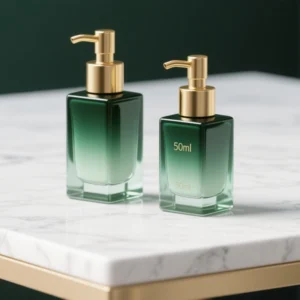
Explore cosmetic glass bottles—safety, eco benefits, types, coloring, mold costs, MOQ, and production tips—in one expert, data-rich guide.
WhatsApp us